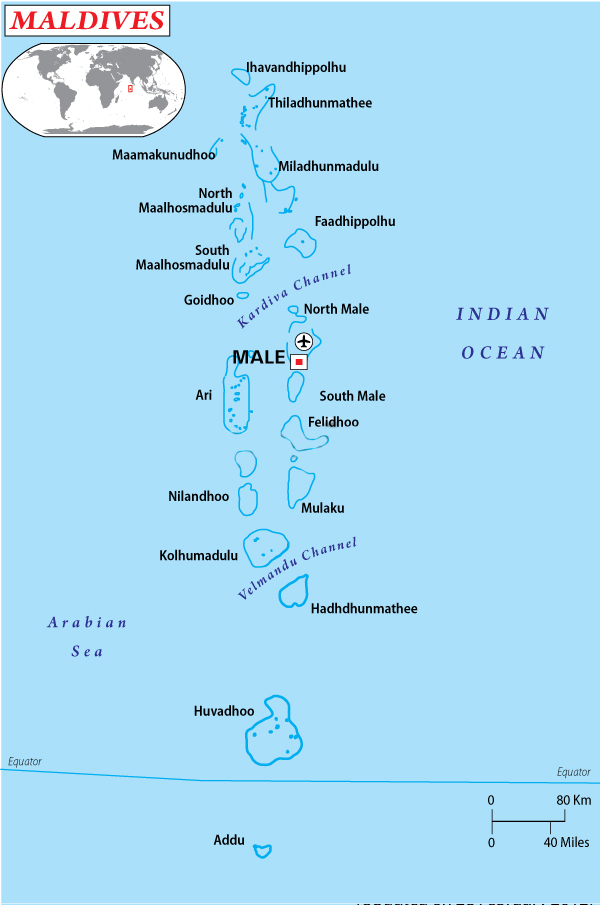
Social indicators
| Population growth rate (average annual %) | -0.5 (2023, World Bank) |
| Urban population growth (annual %) | 0.5 (2023, World Bank) |
| Rural population growth rate (average annual %) | -1.3 (2023, World Bank) |
| Urban population (%) | 42 (2023, World Bank) |
| Population aged 0-14 years (%) | 22 (2023, World Bank) |
| Education: Primary-secondary gross enrolment ratio (f/m per 100) | 0.99 (2019, World Bank) |
| Sex ratio at birth (male births per female births) | 1 (2022, World Bank) |
| Life expectancy at birth (females and males, years) | 81 (2022, World Bank) |
| Infant mortality rate (per 1,000 live births) | 5 (2022, World Bank) |
| Fertility rate, total (births per woman) | 1.7 (2022, World Bank) |
Economic Indicators
| GDP per capita (US$) | 12,667.4 (2023, World Bank) |
| GDP growth rate | 4.0 (2023, World Bank) |
| Adjusted net national income (current US$) (Millions) | 4,329.72 (2021, World Bank) |
| GNI per capita, Atlas method (current US$) | 11,030 (2023, World Bank) |

The Maldives is a tropical nation in the Indian Ocean composed of 26 coral atolls, which are made up of hundreds of islands. It’s known for its beaches, blue lagoons and extensive reefs. The capital, Malé, has a busy fish market, restaurants and shops on Majeedhee Magu and 17th-century Hukuru Miskiy (also known as Old Friday Mosque) made of coral stone.
Country’s Environmental Profile
Maldives is one of the lowest lying countries in the world. The average height of the islands does not exceed 1.7 m above mean sea level. It is a group of low lying coral islands situated in the Indian Ocean. It consists of 1192 islands on 26 natural atolls spreading across an area of roughly 107,500 sq km. For administrative purposes the atolls have been divided into 20 atolls, and recently the Government has clustered atolls into seven provinces.
The temperature of Maldives ranges between 24 °C (75 °F) and 33 °C (91 °F) throughout the year. Although the humidity is relatively high, the constant cool sea breezes keep the air moving and the heat mitigated.
The coastal and marine ecosystems of the Maldives, in particular, the coral reef ecosystems are globally significant. They form the seventh largest reef system in the world and the coral reefs of Maldives represent as much as 3.14% of the world’s reef area. In the 26 natural atolls of the Maldives there are 2,041 distinct coral reefs. The total number of coral species recorded from the Maldives to date is about 200, representing over 60 genera, 5 species of turtles, 51 species of echinoderms, 5 species of sea grasses and 285 species of alga & sponges, crustaceans, and tunicates.
The reef ecosystem of the Maldives has internationally threatened populations of hawksbill and green Turtles and is reported to be one of the most important feeding areas for hawksbill turtles in the Indian Ocean. The atolls of the Maldives are also home to globally significant populations of whale shark (Rhincodon typus), manta rays (Manta birostris), reef sharks and more than 20 species of whales and dolphins. Other globally significant coral reef species include the Napoleon wrasse (Cheilinus undulatus), giant grouper (Epinephelus lanceolatus), giant clam (Tridacna squamosa) and black coral (Antipatharia).
Freshwater resources are scarce in the Maldives. There are no rivers or streams in the islands. Some of the larger islands have small freshwater lakes, some contain swampy depressions, and some have brackish water ponds with mangroves along the edges. The main source of freshwater in the islands is the groundwater aquifer.
Mangroves grow on about 150 of the islands of the Maldives. In these islands, mangroves are found in enclosed or semi-enclosed brackish water (kulhi) or in muddy areas without standing water (chas bin). The mangrove vegetation in both of these two habitats is known locally as faa. The largest and richest mangrove stands occur on the northernmost atolls, and there is some cultivation and management, particularly of Bruguiera – Kandoo (Bruguiera cylindrica), bodavaki (Bruguiera gymnorrhiza), ran’doo (Rhizophora mucronata), kulhlhavah (Sonneratia caseolaris), burevi (Lumnitzera racemosa), karamana (Ceriops tagal) and thela (Excoecaria agallocha).
The islands of the Maldives are not known for their abundant wildlife. The only native mammals endemic to the country are the two subspecies of fruit bats, Pteropus giganteus ariel and Pteropus hypomelanus maris.
Over 167 bird species have been recorded in the Maldives including seabirds, shorebirds and terrestrial birds. Maldives was particularly rich in spider species. Some 130 insect species including scorpions, centipedes, rhinoceros beetle and paper wasps were identified in the country. In addition four species of bumblebees are also reported from there.
Principal Environmental Laws
MEAS signed
Environmental Related Reports
Major Environmental Issues:
Major Environmental Issues:
Important Web sites